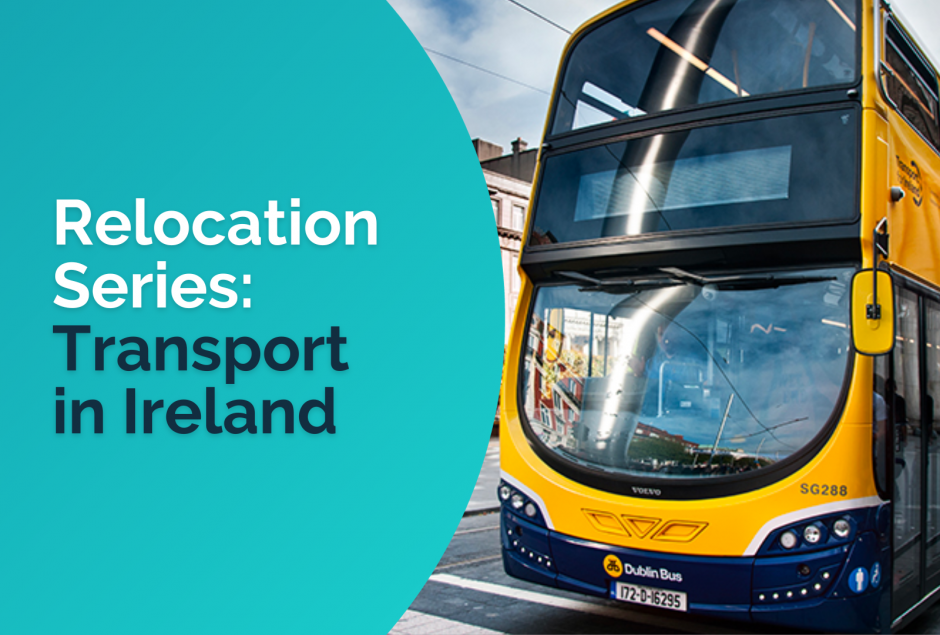 Menu
Menu
 Menu
Menu
In the tenth instalment of our relocation series, Clarity is excited to guide you through the intricacies of public transportation in Ireland. Whether you are contemplating a move to the Emerald Isle or just curious about the transport options, this comprehensive guide will help you make informed decisions about your journey.
When considering relocation, one crucial factor that often takes a back seat in your preparations is transportation. The choice of your new home—rural or urban—can significantly impact your daily commute. Ireland offers a diverse range of transport options, so let's dive into what you need to know.
One of the first decisions to make is whether you're settling in an urban or rural area. In the city, public transportation is generally more accessible and reliable, while rural areas might have limited options. Your choice will depend on your lifestyle and work location.
Ireland has an extensive public bus transport system with many government plans on expanding in the future. This has been shown through new public transport between villages in rural Ireland called the "Local Link". There are big plans for a metro like system in Dublin with construction estimated to begin in 2025.
If you have any questions on how you will get around in Ireland our recruiters will be happy to give guidance.

Dublin Bus offers many routes to easily get around the city. Pic: ABD/Shutterstock
The Transport for Ireland (TFI) network provides a variety of transport options for getting around the country. Whether you prefer buses, trains, trams, or taxis, TFI has your journey covered. Here's a closer look at the different modes of transportation within the TFI network:
While trains might not be the most common mode of transport in Ireland, they are still a reliable and cost-effective for traveling around the country. Irish Rail, a state-owned company, manages rail services.
Paying for your journey is hassle-free with the Leap Card, an excellent option for regular commuters. While most public transport accepts cash, and sometimes card payments, it's recommended to purchase a 'Leap Card' as it covers nearly all methods of public transport, plus offers reduced rates, making it a cost-effective choice.These cards can be purchased at newsagents, shops, and topped up at stations or online.
In urban areas, taxis offer a quick and convenient means of transportation. Apart from hailing a taxi from the roadside or at a taxi rank, there are also several apps, such as Free Now and Bolt, that make it easy to book a taxi. However, it's important to note that taxis can be expensive and less reliable in rural regions.

Commuters can use the LUAS to easily travel around Dublin City
If your driving license was issued in a country that is not in the EU, EEA or the list of recognised states, and you hold a national driving licence and an international driving permit from your own country, you can drive in Ireland for the duration of your temporary visit (up to 12 months).
If your stay in Ireland will be more than 12 months, you can apply for an Irish driving licence but you will need to go through the full driver licensing procedure. Understanding the process of acquiring an Irish driver's license is crucial. Here are the key steps you need to follow:
If you're considering a move to Ireland, our team is here to help! Whether you're a pharmacist, nurse or GP, please get in touch! Our dedicated EU Recruiter, Lara, will be happy to discuss the requirements and process and inform you of the amazing opportunities available.
Check out the rest of our relocation series at the link below, or have a browse of our open roles!
